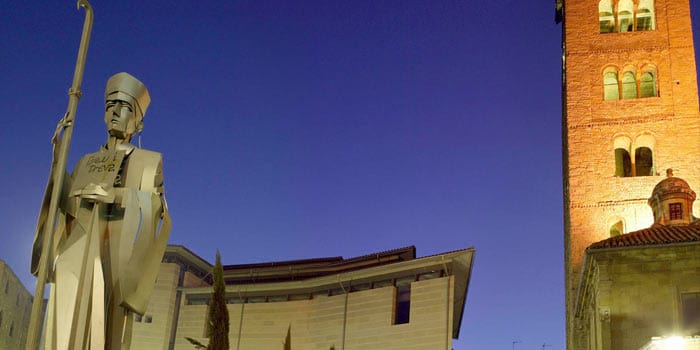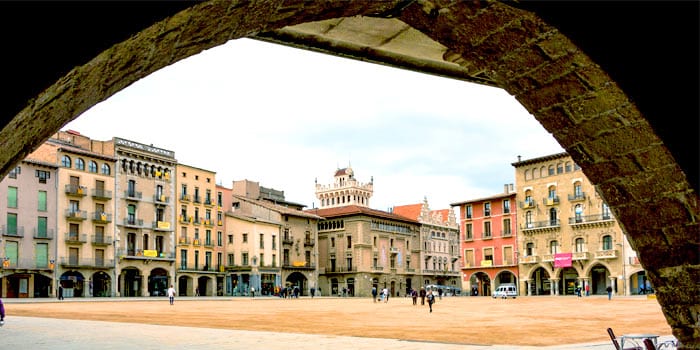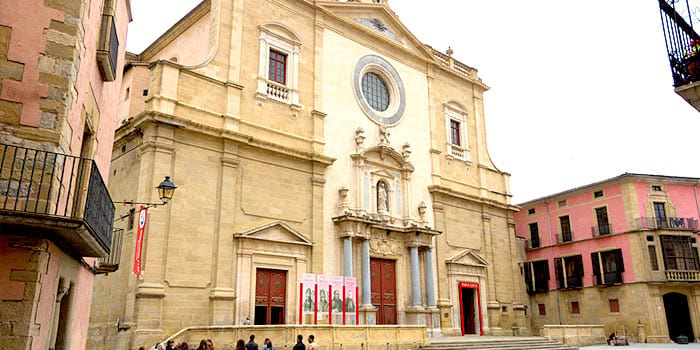Discover the Vic of Bishop and Abbot Oliba
Over a thousand years after Abbot Oliba’s appointment as Bishop of Vic, there are various mediaeval routes and places in the city through which to explore his legacy. While special occasions and anniversaries are celebrated every day, millennial anniversaries are few and far between. The Oliba celebration shows the importance of this renovator of the Church and great promoter of Romanesque art and architecture in Catalonia. The legacy of the visionary bishop, who laid the foundations for a Catalan spiritualism based on peace, is alive and well in the city of Vic, with its beautiful historical and mediaeval centre.
Let’s start at Vic Cathedral, officially the Cathedral of Saint Peter the Apostle, commissioned and consecrated in 1038 by the then Bishop Oliba, who played a key role in the flourishing of Romanesque architecture in Catalonia. Today it preserves its crypt, cloister and an impressive 46-metre-tall bell tower comprising seven floors separated by friezes with Lombard Romanesque decoration. Over the centuries, elements of Gothic, baroque and neoclassical architecture have shaped the cathedral we see today.
Just over a minute away from the cathedral on foot, we find the other two key sites devoted to Oliba in the city: the Episcopal Museum and the monument that pays tribute to him, both of which are located in the square which (unsurprisingly!) bears his name: Plaça del bisbe Oliba.
The museum, founded in 1851 by Bishop Josep Morgades, houses a collection of Gothic paintings and sculptures, along with an impressive set of Romanesque murals. Furthermore, an interpretation space within the museum shows visitors the life of Bishop and Abbot Oliba through interactive elements, a multimedia guide and audio-visual displays.
A statue of Oliba produced by Catalan sculptor Domènec Fita stands in the square in front of the museum. This modern steel sculpture of long, straight lines was commissioned for the millennial celebrations of 2002.
We learn that Catalonia in the Year 1000 changed significantly due to the Peace and Truce of God Assemblies instigated by Oliba in order to pacify the land, protect farmers and the needy, and safeguard farming and trade.
Leaving Vic behind, Montserrat, Ripoll, Manresa or Sant Joan de les Abadesses are other places where Bishop and Abbot Oliba left his Romanesque imprint. The Oliba Path connects them and enables us to explore his legacy.
More information:
Episcopal Museum Vic
Oliba Path




